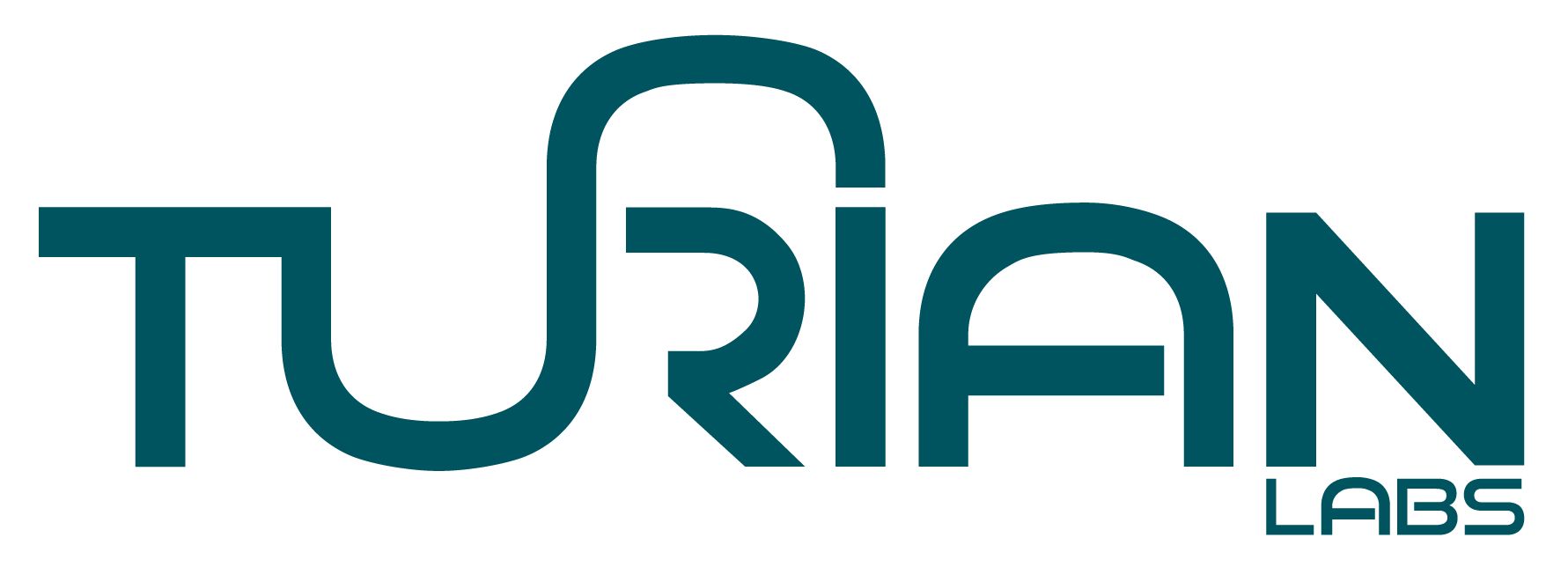Business innovation in neonatal healthcare in India
PROJECT BRIEF
How can preterm babies in India have better survival rates? How can doctors be more confident of treatment outcomes?
Outcome: In order to simplify the challenge and understand interdependencies at various levels, the thought process was broken down into four building blocks:
Benchmarking CPAP delivery systems
Understanding RDS basics
Benchmarking relevant critical care environments
User journeys and Stakeholder actions at various stages
Each sections was deeply understood first via secondary research, followed by clinical immersion in critical care environments and empathic enquiry with all the stakeholders. These finally lead towards positioning identified opportunities.
Doctor mindsets
Healthcare contexts
Emerging service opportunity along with product directions
Turian Labs’ Approach
To tackle the intricacies of the healthcare environment and understand the influences of critical care environments on clinical decisions, a design thinking approach was employed, comprising of 3 levels (empathic inquiry, convergence-divergence and validation).
Field research spanned 5 stages (listed below) and 1 co-creation workshop, including 41 participants stakeholders: 27 doctors (neonatologists, gynaecologists, obstetricians) & 14 other stakeholders (parent, nurses, influencers).
Stage 1 - Sensing: Context immersion on basis of on-ground & secondary research
Stage 2 - Understanding scenarios where devices are being used
Stage 3 - Validation of doctor mindsets
Stage 4 - Validation of solution insights
Stage 5 - Co-enrichment and validation of final products/service directions
Or research was built on the double-diamond process which is a continuous process of divergence and convergence of insights, and one of the foundational aspects of Design Thinking. The process is routed through the different phases of research leading to an organic filtering of the most pertinent insights to be taken forward from one phase to the next. This also helps iterate the projective tools to the research.
Ethnographic research and empathic interviews were conducted across most states with high neonatal morbidity in India.
Post field research, the team converged for a co-creation workshop with the client’s business and product manufacturing teams. The objective of the workshop was to understand the feasibility and viability of emerging insights and probable directions. This helped us to prioritise emerging concepts and features along with potential services. We also created a service blueprint that defined the product positioning across the various touch-points involved. Our design thinking-led research methodology helped uncover service and product opportunities in the Neonatal CPAP space.
The proposed business innovation strategy helped the company identify areas of maximum impact in the RDS space in India, along with aligned value propositions. The identified critical scenarios helped envision the positioning of the existing and future product portfolio. Co-enrichment and validation helped us identify the ‘no-go’ areas of the market, which in turn helped them understand the return on investment.


